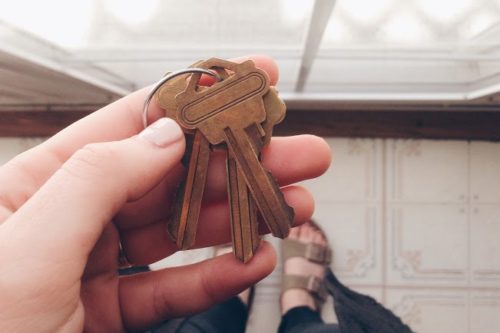Obsessive-compulsive disorder (OCD) is an anxiety disorder characterized by recurrent and disturbing intrusive thoughts, images or impulses (obsessions) that cause anxiety, and repetitive, ritualized behaviours that the person feels driven to perform to reduce the anxiety (compulsions).
Most people with OCD experience both obsessions and compulsions, but it is possible to have only one or the other.

